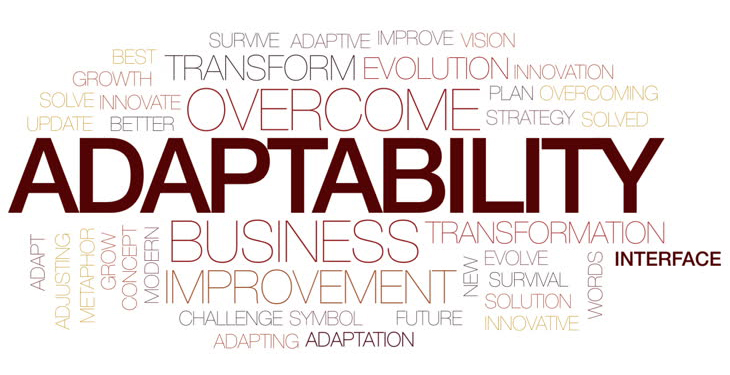Sunk Costs: Part 1
 Years ago, one of my old mentors said to me that “the key to success in business is knowing what to spend money on, and what not to.”
Years ago, one of my old mentors said to me that “the key to success in business is knowing what to spend money on, and what not to.”
Like a lot of the Zen koans he was fond of dropping, on the surface, that doesn’t seem very helpful. When you run a business it costs money. You want revenue, but that’s not guaranteed. What is guaranteed is that you’re going to have costs. So it’s important to be able to classify them, and thus prioritize them.
To start out, I want to talk about sunk costs.
It’s a simple definition. Sunk costs are expenses that you have already paid for and you can’t recover them. If you want more nuance, sunk costs are the opposite of prospective costs, which are future expenses that you will incur based on what decisions you may make, now or later. And any discussion of business costs also requires an understanding of the difference between fixed and variable costs. Fixed costs are just that, fixed and easily forecast, and are unaffected by scale, whereas variable costs are dependent upon the scale of your business.
An easy example of a fixed cost is the licensing fee you pay for the software you use, whether it’s monthly or annually. A variable cost will be how many spools of cable or any other materials you need to order from your suppliers in a given period. Your inventory costs will vary based on your business volume. While it’s still necessary to forecast (which is another word for “guess”) your inventory costs, there are more variables in play.
Where sunk costs differ from both fixed and variable costs is mostly philosophical and is subject to some interpretation. You can think of fixed and variable costs as being ongoing — you’re going to continue to incur them into the future, whereas a sunk cost exists only in the past.
In that sense, really all costs are sunk costs. But economists get paid to split hairs, so in order to refine the definition they turn to decision-making theory.
In a perfect world, with perfectly logical decision makers, only future costs should be considered when making decisions and past, sunk costs should be disregarded. But we don’t live in a perfect world and sunk costs do indeed influence our decision making about future expenditures. My grandfather had an expression for that: He called it “throwing good money after bad.”
Let’s take an everyday example we can all relate to: a new car. Once you buy a new car, whether you pay for it outright or make payments on it, no matter when you choose to sell it you won’t get back what you paid for it. That cost is sunk.
Two years ago, I had to decide whether or not to get a new car. And despite my normal impetuousness, it’s a good example of rational decision making. Mine was paid off years ago and the warranty was long gone. So long as the annual maintenance to keep it running was what I considered reasonable, it made sense to keep it. I liked not having a monthly car payment.
Eventually, it needed a significant servicing, the cost of which was nearly half the annual payments for a new car. Knowing that, going forward, maintenance costs were likely to increase, it was a compelling justification. At that point, what I had paid up to that point, the price of the vehicle and the total maintenance costs over its lifetime, were all sunk costs. They have no bearing on whether or not to buy a new car. Holding on to my old one because of what I had spent on it would be sentimental, but not cost-effective. Really, the only variable then was how much I can sell my old one for, and how good of a price can I haggle the car dealership down on my new one.
Now that I’ve gotten all that out of the way, in the next installment we’ll discuss in-depth examples that are more specific to the AV business.





